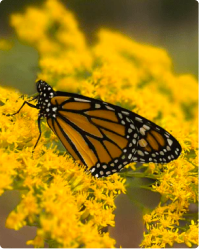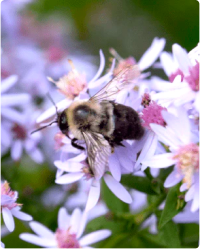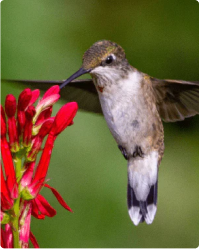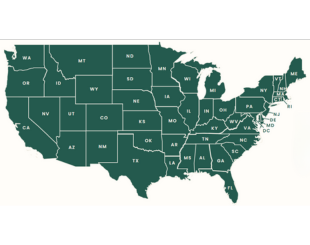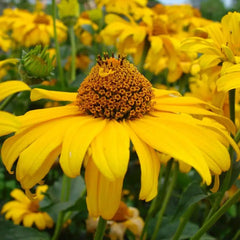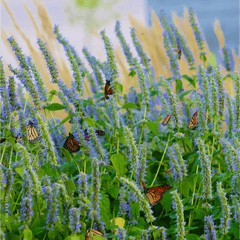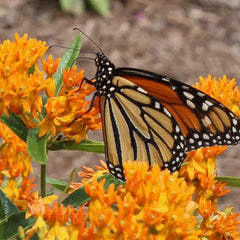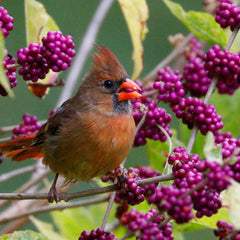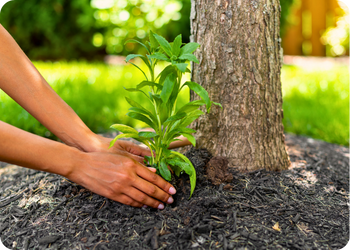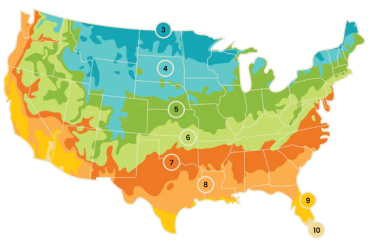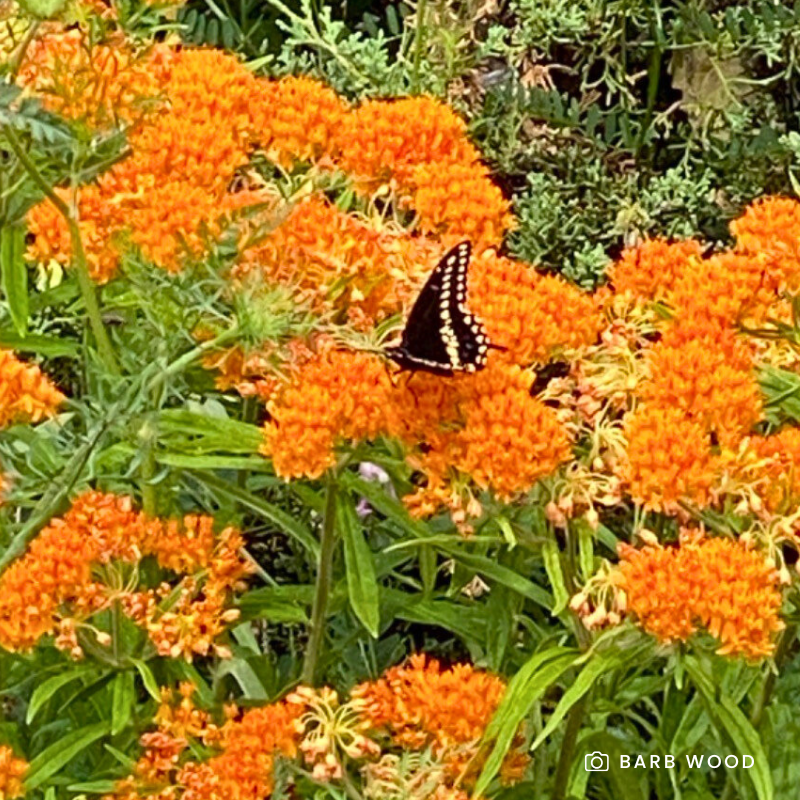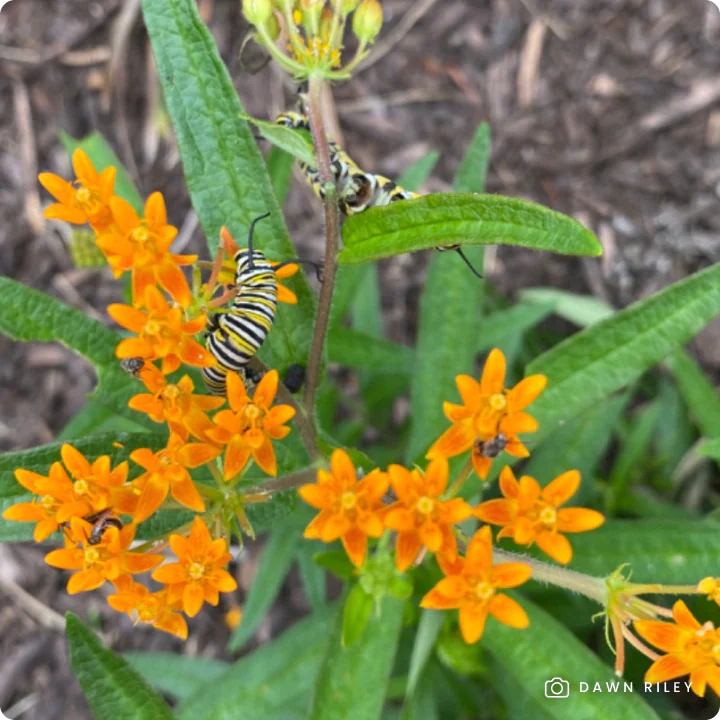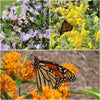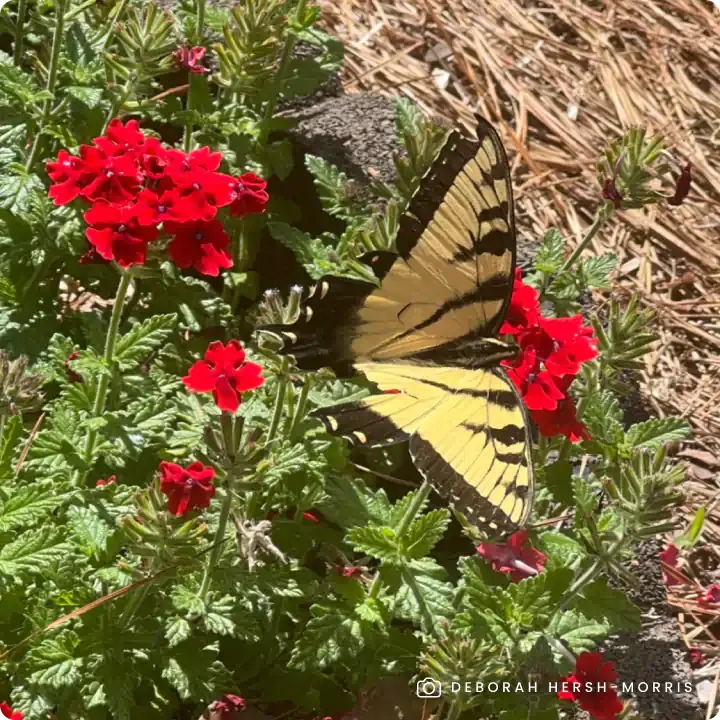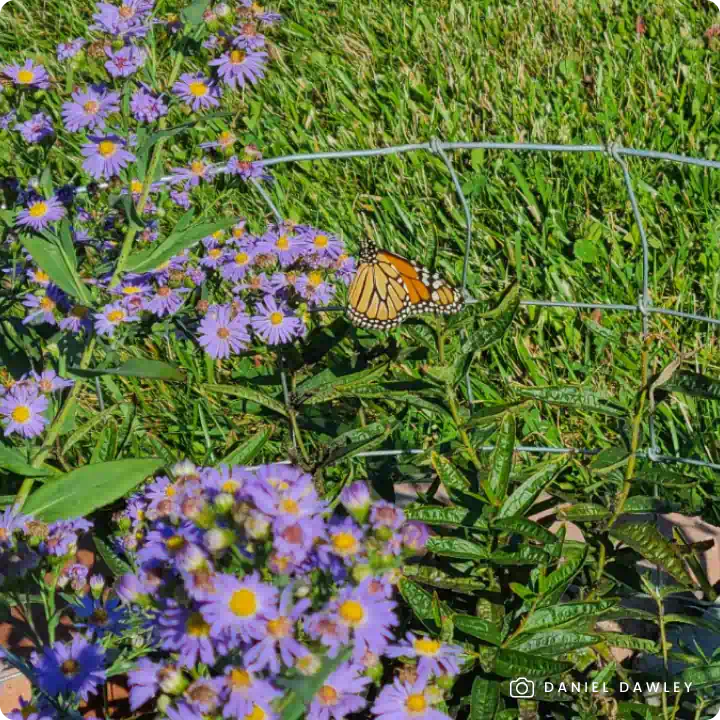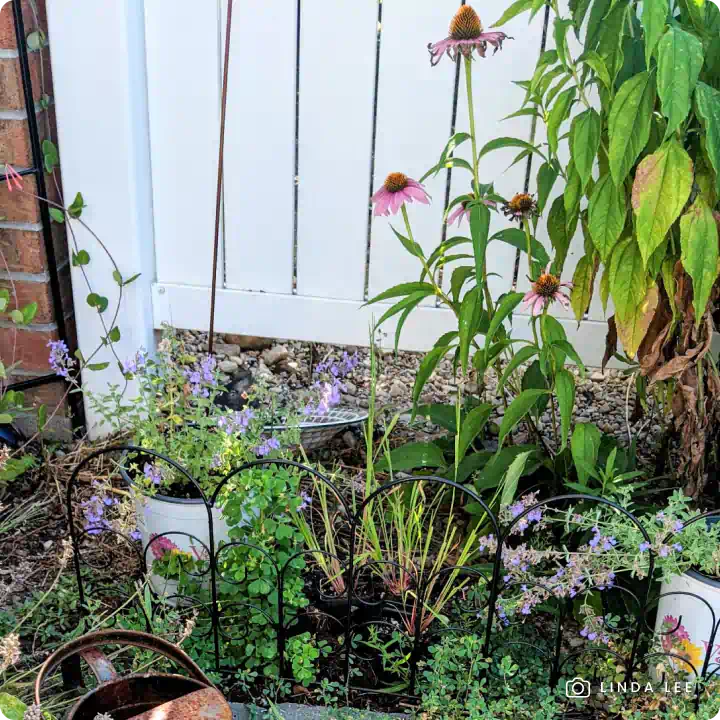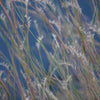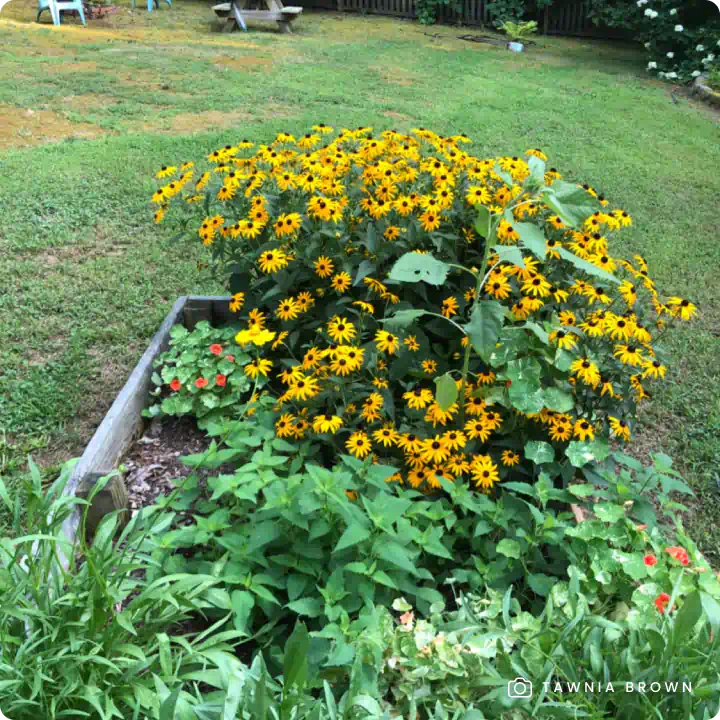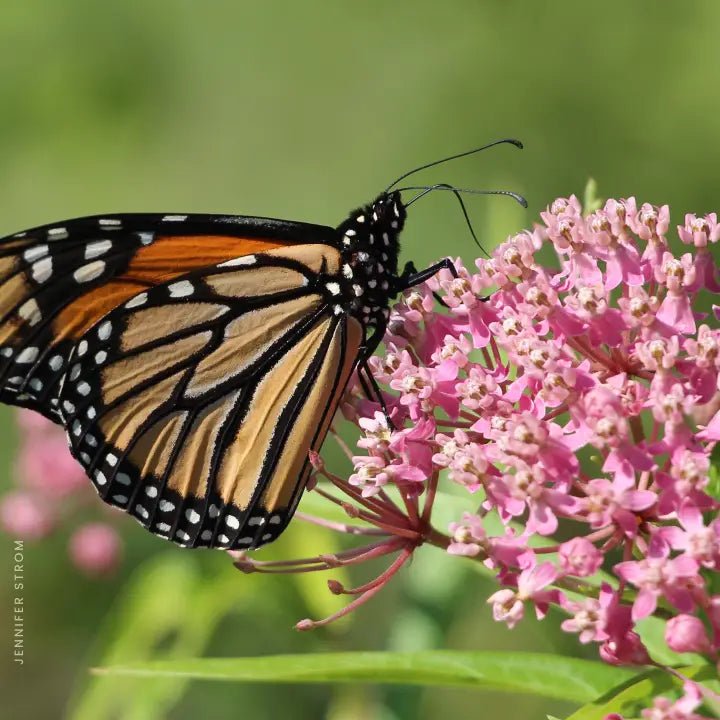Transform your garden with the soft, cloud-like blooms of Blue Mistflower (Conoclinium coelestinum)—a vigorous native perennial that bursts into a profusion of fluffy blue-violet flowers from mid-summer through fall. These nectar-rich blooms are irresistible to butterflies, native bees, and moths, making Blue Mistflower a must-have for pollinator-friendly landscapes.
With its mounding growth habit and striking color, this late-season bloomer adds beautiful texture and interest just as many other plants begin to fade. Over time, it may spread naturally, creating an eye-catching seasonal groundcover that enhances biodiversity.
Key Features:
- Late-Season Pollinator Favorite: Provides essential nectar for monarchs, swallowtails, native bees, and moths.
- Thrives in Sun to Partial Shade: Performs well in sunny to lightly shaded garden spots.
- Moisture-Loving & Adaptable: Prefers moist, well-drained soil and tolerates occasional wet conditions.
- Spreads Over Time: Forms lush drifts of blue that naturalize beautifully in meadows and pollinator gardens.
- Low-Maintenance & Resilient: Returns each year with minimal care and needs less water once established.
- Pollinator-Safe: Grown non-GMO and free of harmful neonicotinoids, promoting a healthy ecosystem for pollinators and wildlife.
Available in sets of three, six, or 12 plants, making it easy to create a lush, pollinator-friendly haven!
Planting Tips:
- Location: Plant in full sun to part shade (3–6 hours of sunlight per day) in moist, well-drained soil (tolerates periodic wet conditions).
- Watering: Regular watering during establishment; becomes more drought-tolerant over time.
- Maintenance: Minimal care required. There's no need to deadhead the flowers, as allowing them to go to seed provides a valuable food source for birds. Leaving the stems standing in the fall offers overwintering sites for beneficial insects. If desired, cut back the stems in late spring after pollinators have emerged.
For more information on planting, view our How to Plant Your Native Plants guide and other planting tips in the Garden for Wildlife Learning Center.
